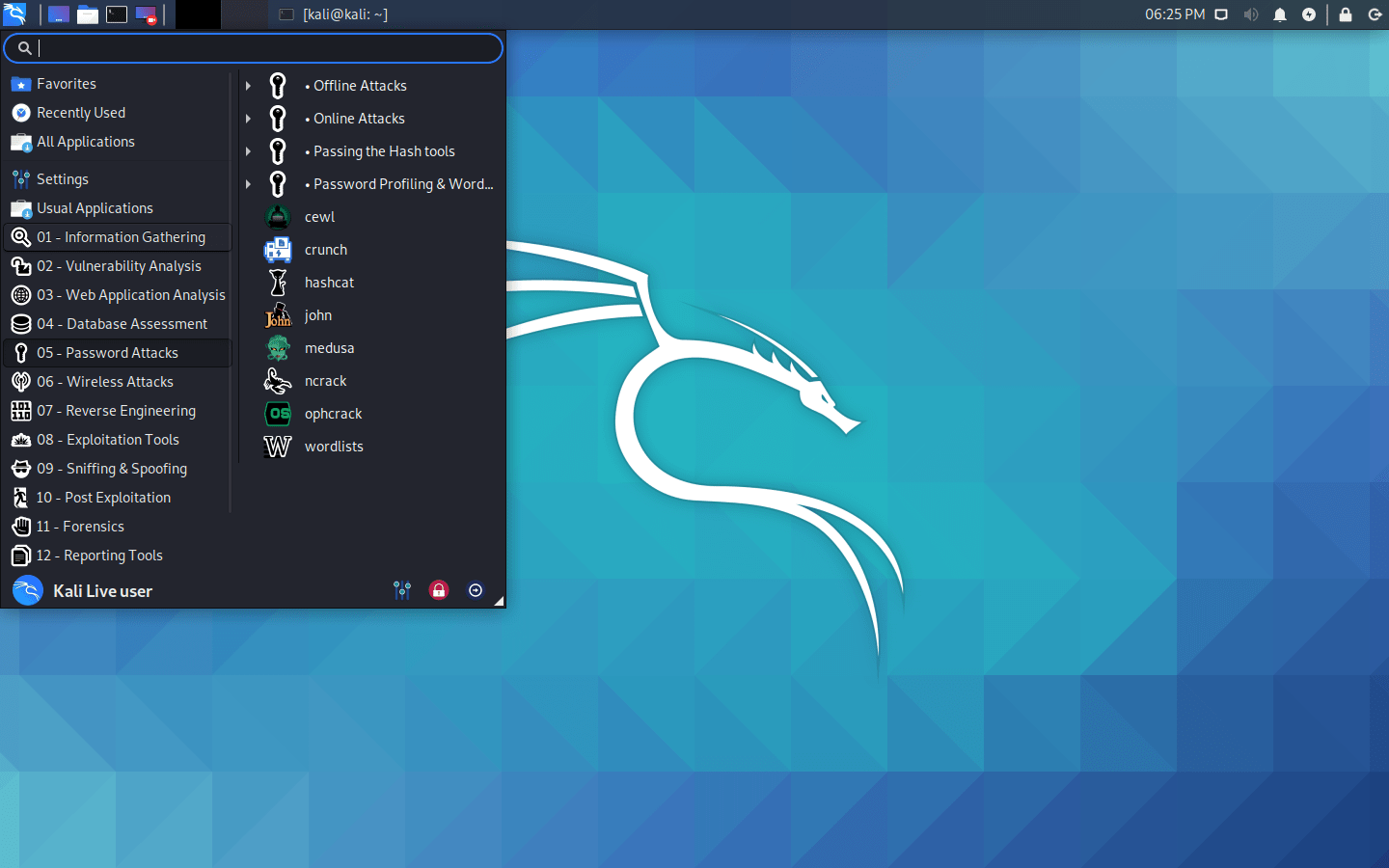

Once your virtual machine is all set up, you can start the Kali Linux installer and follow the prompts to get it installed properly. Then, navigate to the Kali Linux ISO file and select it. Set the memory size to at least 2048 MB, and choose to use an existing virtual hard disk file. Give it a name, select Linux as the type, and Debian (64-bit) as the version. With that out of the way, you can start creating a new virtual machine in VirtualBox. Make sure you get the right version for your system architecture - none of that 32-bit nonsense for modern computers! Next, you need to download the Kali Linux ISO file from the official website. Once you have all that, you can download the latest version of VirtualBox and follow the installation wizard to get it set up. For those not in the know, a virtual machine is like a fake computer that runs inside your real computer, and you can even make it run a different operating system.īut how do you actually get Kali Linux running in VirtualBox? Well, first you need to make sure your computer has the right specs - 64-bit processor, at least 2 GB of RAM, and around 10 GB of free disk space. Speaking of VirtualBox, that seems to be a pretty popular tool for running Kali Linux in a virtual machine. And get this - you can even use it in a virtualized environment using tools like VirtualBox, VMware, and Hyper-V.

What in the world is Kali Linux? Apparently, it's some kind of Linux distribution that people like to use for things called penetration testing, digital forensics, and security auditing.


 0 kommentar(er)
0 kommentar(er)
